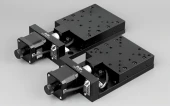Description
Zolix Instruments presents slim motorized linear stages for customers in scientific and industrial environments who are looking for precision motion control.
The key parts of TSA-C series slim motorized linear stages include grinding ball screws, cross-roller guides and high-quality shaft coupling. This configuration ensures high performance for our customers.
A pair of mechanical position-limit switches and origin point sensors are all necessary parts to guarantee proper operation of the stage. In this series of linear motorized stages, signal communication is made easy by using standard electrical and mechanical interfaces. Our customers value the ease of use and we listen to our customers' needs.
Customers can operate these stages manually by using a handwheel attached to the motor. This series of products offers standard installation holes which ensure the easy setup for multi-axis stage system. Additionally, we designed these stages to make combination with other Zolix products easy. Height of the table surface is 30mm and highest of point of these stages is just over 44mm from installation surface.
These specifications provide enough possibility to use this product series in those high-precision motion motion control applications with limited space. The characteristic of self-locking of grinding screws benefits the usage of this kind of products for vertical positioning (as Z-axis).
TSAxx-C Series Slim Motorized Linear Stages
Specifications
| Axes Of Motion: | One |
|---|---|
| Travel Range: | 30 mm |
| Load Capacity (Horizontal): | 10 kg |
| Load Capacity (Vertical): | 3 kg |
| Max Speed: | 10 mm/s |
| Weight: | 1.3 kg |
| Guiding Mechanism: | Crossed Roller Slides |
| Voltage Requirement: | DC 24V |
Features
Our TSAxx-C Series slim motorized linear stages come with the following features:
- Grinding screws (1mm lead pitch) and standard two-phase stepping motors offer higher performance-to-cost ratio
- Higher loading capability contributed by cross-roller guides used
- Compact design offers slim table surface and other small mechanical dimensions
- Mechanical position-limit switch and sensor benefit operation safety and easy maintenance
Applications
- Precision motion control
- Mechatronics
- Biomedical engineering
- Laser optics
- Time-resolves laser spectroscopy
- Photonics
Frequently Asked Questions
What is a motorized linear translation stage?
What kind of motors are typically used in linear translation stages?
What materials are used for the linear stages?
What sets the high-end linear translation stage apart from a lower-end type?
What are the key parts of the TSA-C series slim motorized linear stages?
How is signal communication made easy with these stages?
Can these stages be operated manually?
What is the height of the table surface for these stages?
What are the main characteristics of the TSA-C series slim motorized linear stages?
Similar Products
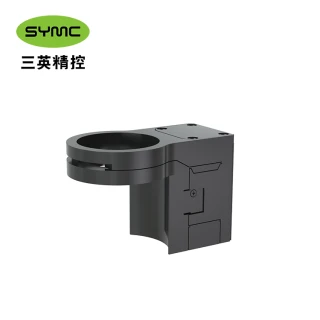

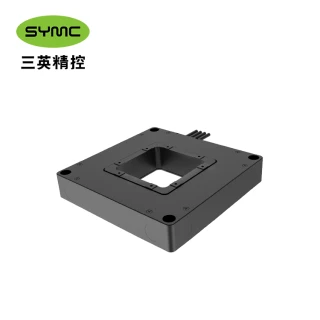


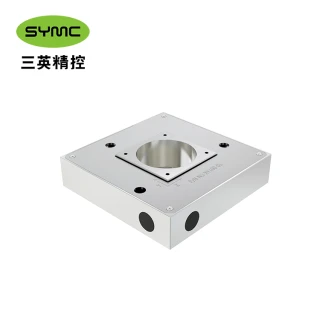
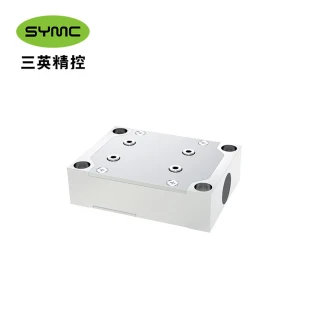
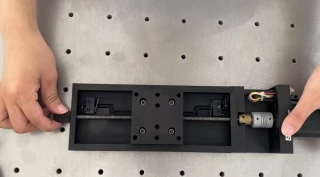
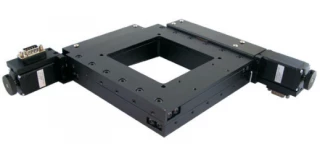
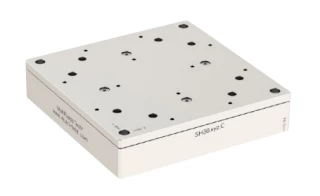
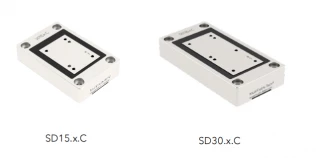
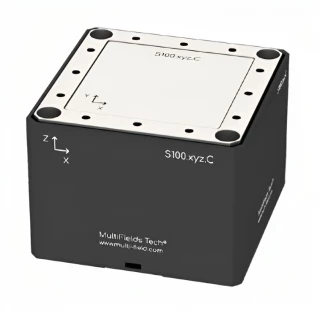
Your inquiry has been received.
Create an account by adding a password
Why create an account?
- Auto-complete inquiry forms
- View and manage all your past messages
- Save products to your favorites
- Close your account anytime — no hassle
